If you have the winter blues, you’re not alone. Seasonal depression affects about 5 percent of the U.S. population, according to the American Academy of Family Physicians. The lack of light in northern latitudes during the winter months is thought to disturb the neurotransmitters that regulate sleep, mood, and appetite, which can result in carbohydrate cravings, exhaustion, trouble concentrating, weight gain, irritability, and depression. For those who suffer from seasonal affective disorder, or SAD, a doctor may prescribe 30 minutes of daily light therapy, which can be achieved at home with a light box. Although there are some affordable models, many are costly and the expense is rarely covered by insurance. To relieve less severe symptoms, try these easy, inexpensive steps to help lift the fog. Going where the sun is might not be a bad idea, either.
GET SOME FRESH AIR

Getting outside, even when it’s cold, can help improve your outlook. The American Psychological Association says studies show the mood-boosting effects of exercise. If it’s dark before and after work, take a walk at lunchtime to get some welcome vitamin D-enriched sunlight — plus, walking can help improve cardiovascular health.
DITCH THE COOKIES
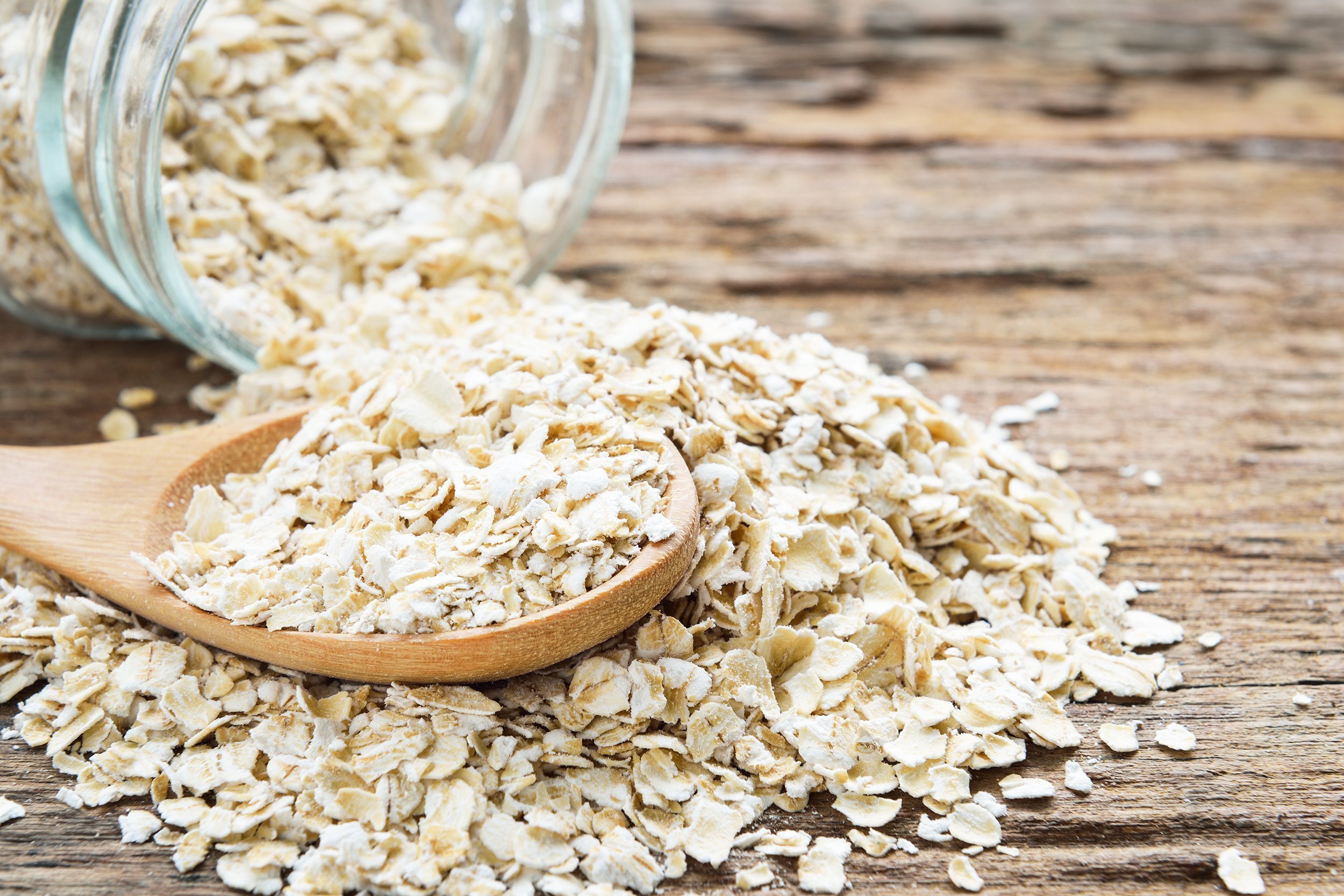
Cookies and doughnuts may seem like a quick and easy pick-me-up, but the simple sugars in those treats can lead to a sugar crash as well as weight gain. Foods containing complex carbohydrates are a better choice. Try eating oatmeal with nuts for breakfast, and making stews for dinner that include hearty potatoes or whole-grain pasta. When a craving hits, try sipping hot chocolate — but avoid mixes that come loaded with sugar. A hot chocolate recipe from Amy’s Healthy Baking takes minutes to make and has 35 calories.
EAT FISH
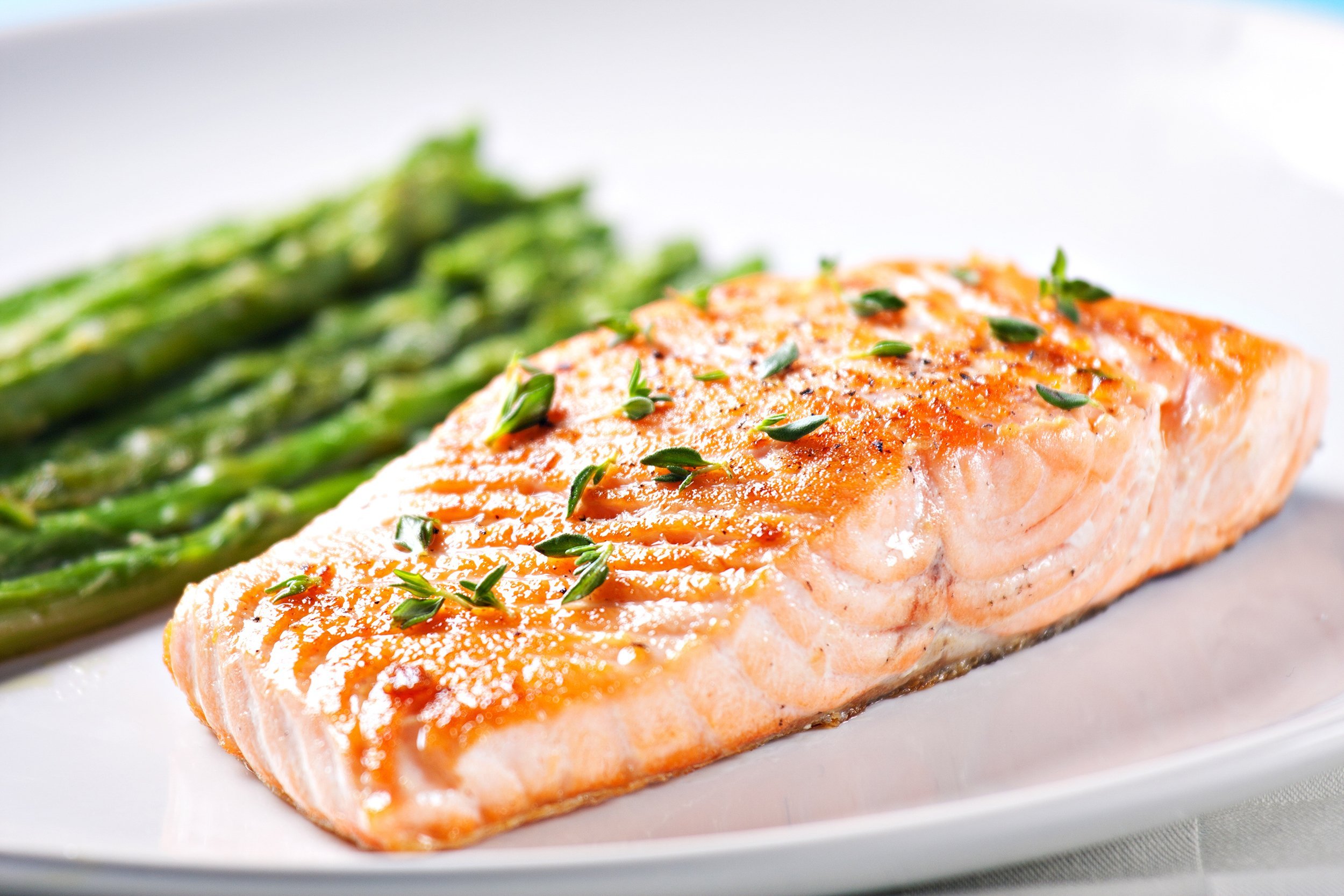
Foods rich in omega-3 fatty acids, such as fish, walnuts, and flaxseed, may improve your mood. Lower cholesterol levels are another welcome side effect.
AVOID ALCOHOL
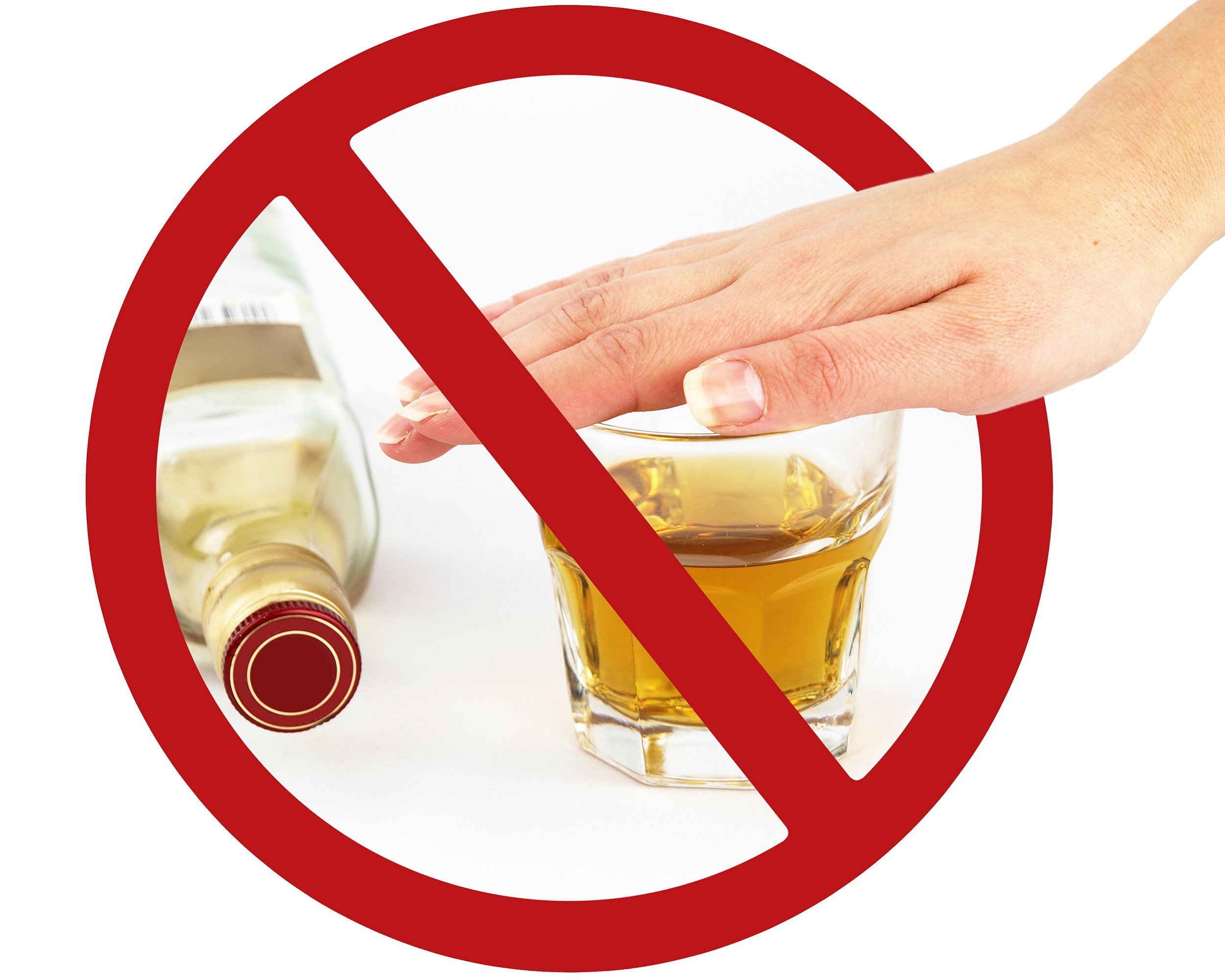
Because alcohol is a depressant, make sure to limit yourself to moderate social drinking. Binge drinking can result in bad moods, low energy, and sleep disruption. People who have alcoholic tendencies might self-medicate in the winter months, exacerbating a dangerous condition.
STAY WARM

Although seasonal depression has been traced to a lack of light exposure, the cold can make it feel worse. The Seasonal Affective Disorder Association recommends keeping the thermostat set at 64 to 70 degrees Fahrenheit, and wearing appropriate clothing and footwear when venturing outdoors.
Trending on Cheapism
HIT THE GYM

Exercise releases mood-boosting serotonin, and some studies suggest that it also restores the circadian rhythms often disrupted by SAD. When there’s too much snow to maintain an exercise routine outside, get aerobic exercise at the gym or work out at home with a DVD or YouTube routine for at least 30 minutes a day.
SOCIALIZE

Hibernation is tempting, but being around other people alleviates isolation that can lead to further depression. If the idea of leaving the house is too daunting, invite friends over for a movie day.
WAKE UP YOUR BRAIN

If it’s not too late to sign up for winter classes, consider learning a new language or studying Shakespearean sonnets. Education stimulates the brain, and by the time the semester is over, spring will be on the horizon. For seniors, such courses can often be free.
Sign up for our newsletter
TURN ON THE LIGHTS
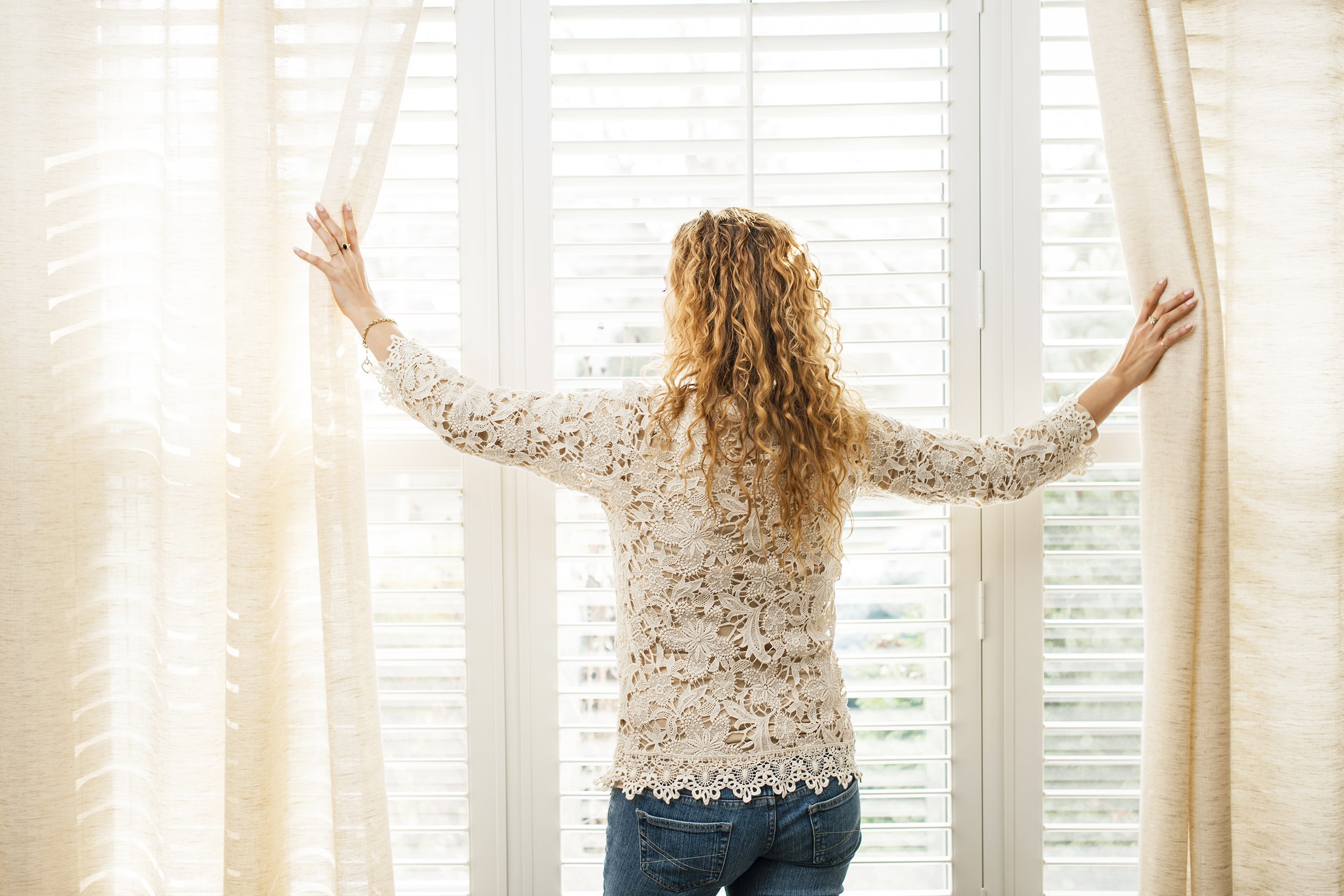
Although indoor light can’t replace the sun, just being in a bright place can improve your disposition. To take advantage of natural light, fully open curtains or blinds in the home or workplace, if possible.
TAKE YOUR VITAMINS

Vitamin D from the sun is in short supply during the gloomy winter months. Some studies show that taking 2,000 milligrams of vitamin D daily in capsule form acts as a replacement for the real thing. Melatonin, a hormone which helps regulate sleep cycles, can also ease SAD symptoms. Fortified milk and orange juice are other good sources of vitamin D.
GET PROPER REST

Sleep problems are a symptom of SAD, and not getting enough sleep can have drastic outcomes in anxiety, motivation, and even ability to focus, research shows. Over time, lack of sleep starts to affect mood and relationships, among other things. Go even just a few days with limited sleep and the effects will start to appear. Consider seeing a doctor if your sleep is being disrupted.
INHALE AROMATHERAPY
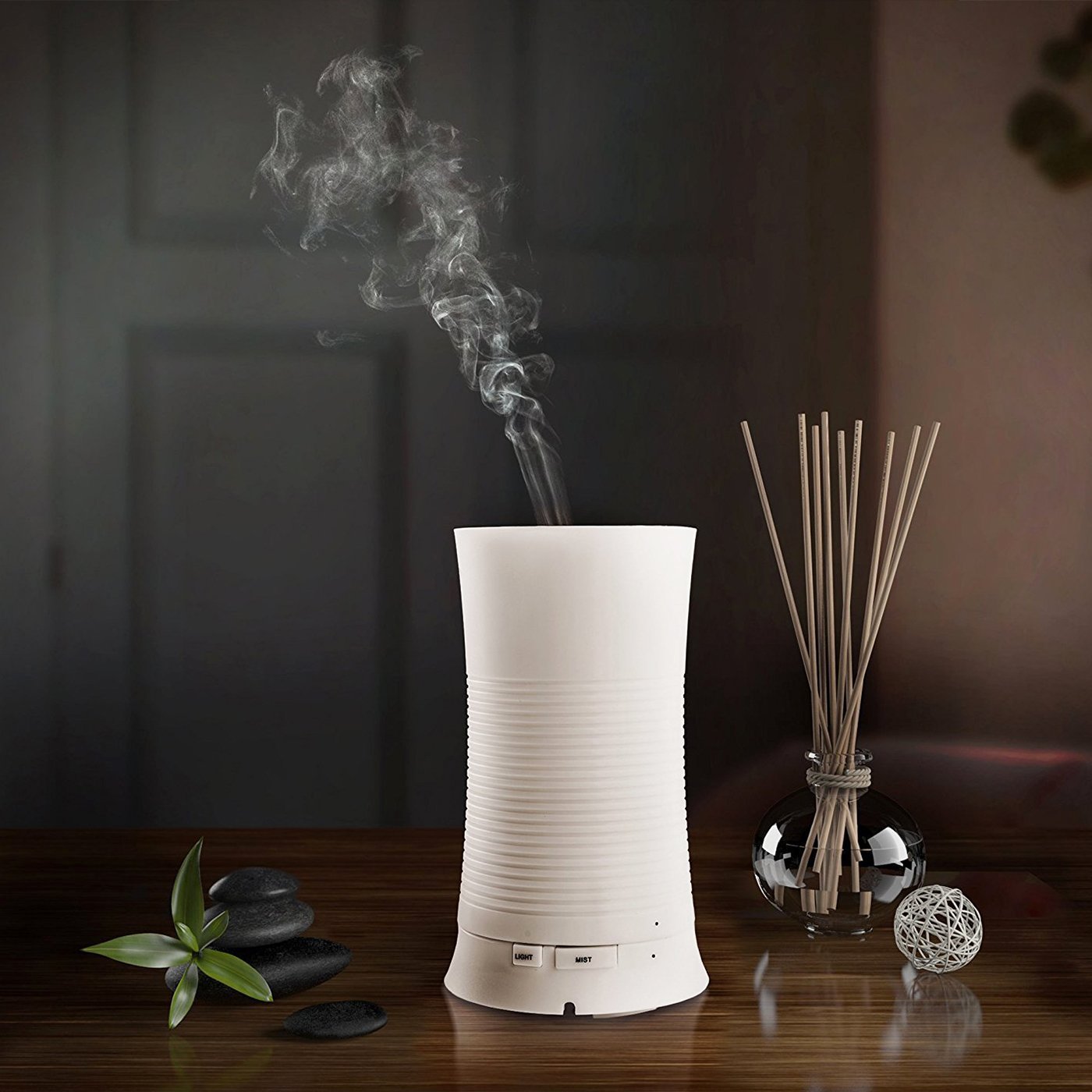
A drop of lavender oil can provide relief from insomnia and, according to one study, help lift depression. Other experts suggest that essential oils such as bergamot, peppermint, rosemary, and jasmine are also mood enhancers.
MEDITATE

There is a reason Buddhist monks are said to be among the happiest people in the world. Meditation has been shown to stimulate the pineal gland, which secretes melatonin. It also relaxes both body and mind, which can lead to increased activity in parts of the brain associated with happiness.
LAUGH IT UP

Laughter does all kinds of good things for the body, such as increase oxygen to the brain, release the natural opiate dopamine, relieve stress, and help reduce pain. Research at Fairleigh Dickinson University suggests laughter — even forced laughter for one minute — has a significant positive effect on mood. Smiling seems to help a little less. From podcasts to DVDs and endless options on the streaming services and the web, there’s no shortage of comic relief to be found.
DO SOME YOGA
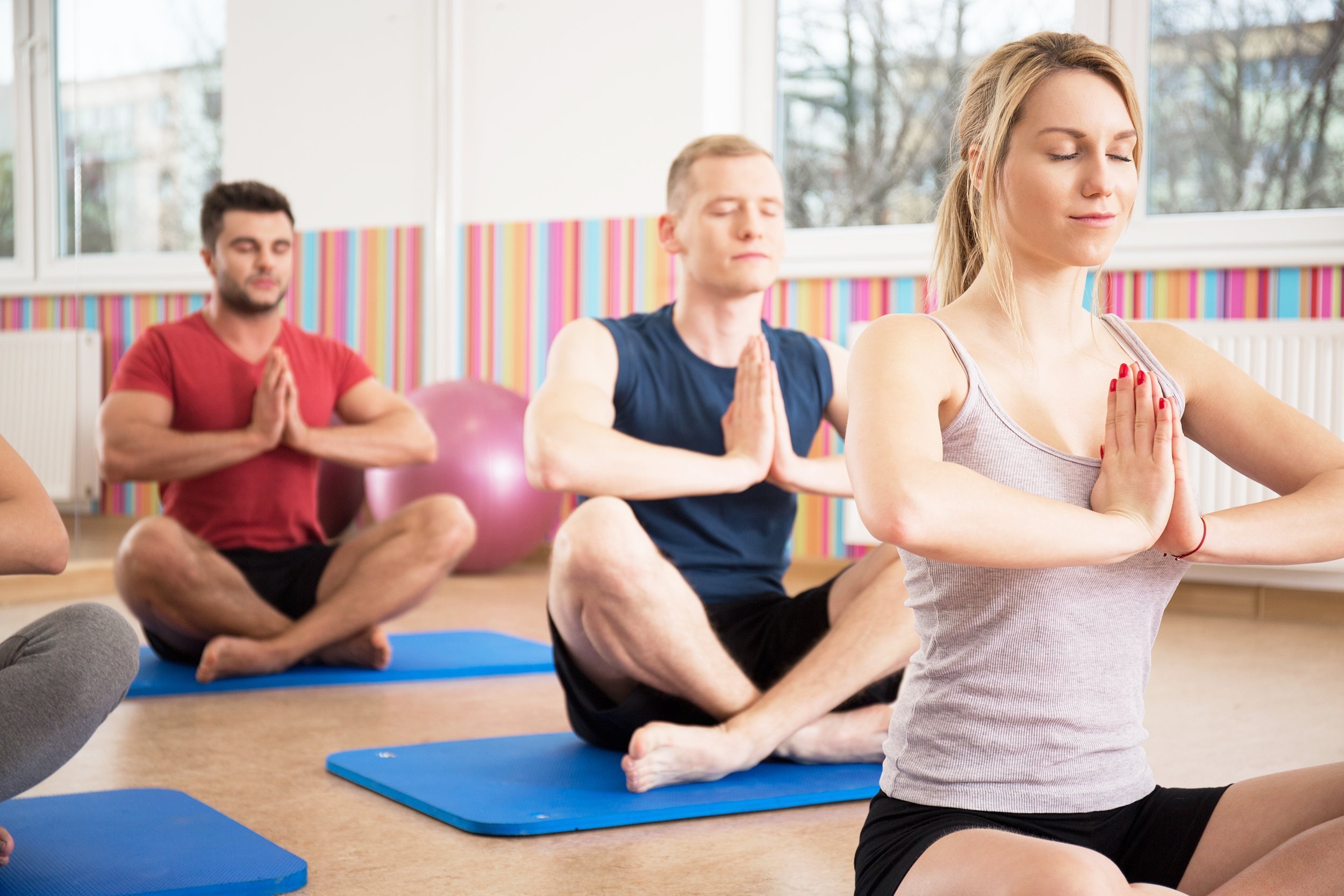
Yoga has been found to increase the levels of mood-enhancing serotonin in the body. The conscious breathing used in the practice also lowers stress. The yoga asanas (postures) known as surya namaskar, or sun salutation, are especially soothing (and should be done in the morning on an empty stomach).
TUNE IN TO MUSIC

Music therapy helps beat depression and anxiety symptoms, according to a study in the British Journal of Psychiatry. Listen to music, dance, or even belt out a few songs — all can help improve a bad mood.
TAKE A HOT SHOWER

Physical warmth may have something to do with mood. Studies, including at Yale University, find evidence that lonely people subconsciously took more hot showers and warm baths to feel better. The researchers expect that to have “a strong restorative or compensatory effect.” Try a warm drink for a similar result.
TAKE TIME OUT FOR JOY

It’s particularly important in the winter months to take some “me” time for fun activities, whether that’s playing the piano, painting, singing, or going out with friends. A little self-indulgence is an easy way to feel better.
HUG A LOVED ONE

Oxytocin, a hormone made in the brain and released into the bloodstream, is responsible for making us feel good, reducing stress, and improving mood, among other things. One way to release oxytocin is through warm physical contact. Hugging, holding hands, and showing affection are all easy ways to get a good mood boost. Even remembering or recounting a happy memory with someone can get that oxytocin pumping, MIT neuroscientists report.
EAT CHOCOLATE

Have a chocolatey treat, but not just any chocolate. Cocoa contains tryptophan, which is used in the body to make serotonin. The amount of tryptophan is directly related to the amount of cocoa consumed, so put down the leftover Christmas candy and opt for chocolate that contains at least 70 percent cocoa.






